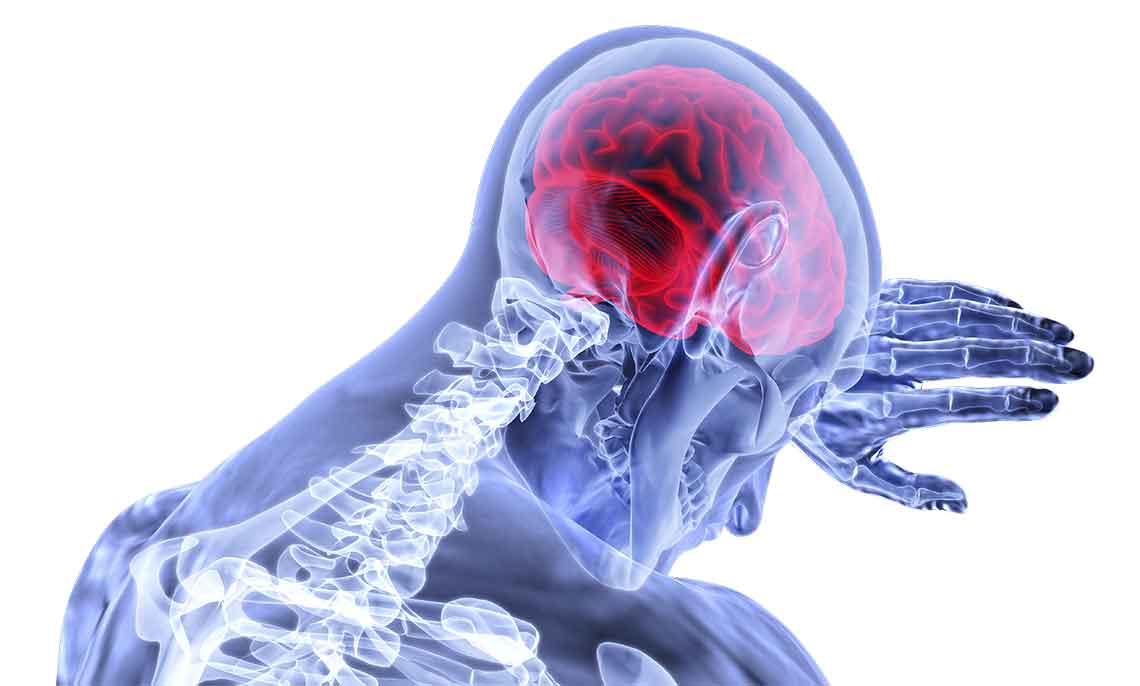Growing pains: How cannabis impacts pain relief

Dr Bronwyn Thompson from the University of Otago discusses the effects and limitations cannabis has for treating pain and why she believes patients will benefit from legalisation.
Relying on cannabis as the solution for pain relief is like thinking the cure for Covid-19 is going to arrive tomorrow. Pain is complex, and there’s no simple answer to it.
The research into the correlation between cannabis use and pain relief is currently patchy at best, meaning it’s hard to draw strong conclusions about general impacts of cannabis use on pain relief. While it’s not clear that cannabis and cannabis-based products are always effective for managing pain, there is evidence to suggest it can cause anxiety reduction, better sleep (which is important for overall wellness), some euphoria and a placebo response (based on expectations that cannabis will help).
Importantly, clinicians currently don’t know who is best advised to try cannabis to help manage illness, leaving us in a situation where legalising for adult use might be the most pragmatic way forward for many people.
The legislation regarding cannabis-based medications for pain is clear: they are not the first option for persistent pain because there are other more-effective drugs available (although some people won’t respond to these).
Pain relief of any kind for our most troublesome pain problems, like neuropathic pain or fibromyalgia, is not very good. Pain is complex, and our understanding of pain is incomplete. In the case of arthritis pain, a recent review in the New Zealand Medical Journal found there are only two studies of cannabis-based medications in humans. While one study found that Sativex helped with pain in rheumatoid arthritis, this was only when compared with placebos and not with standard (non-cannabis) options.

X-ray image showing muscular skeleton with red area of pain receptors in the brain. - Pain is complex. Image by VSRao from Pixabay
In other words, cannabis hasn’t yet shown strong effects on pain, and existing research is often not done well or not carried out in humans.
For a medical practitioner to prescribe cannabis-based medications, they need to feel sure the benefits will outweigh the harms, know it won’t interact badly with anything else a person is taking and know that it is effective.
Pharmaceutically produced cannabis medications are a known quantity, but the pain relief from these products is not effective for everyone and the financial cost is high. The prescriber’s signature is on the form, and they’re accountable for the clinical decisions they make. If a doctor isn’t convinced that cannabis-based medications are safe or helpful, they’re not likely to write a prescription. If it costs too much, the person getting the prescription may not have it filled. Access to this group of products is therefore limited.
Currently, our legislation doesn’t allow for the plant to be prescribed for pain because we have no way of establishing plant quality or composition, and the other aspects a doctor needs to account for also can’t be established.
This means many people who would like to try cannabis-based products for pain find it difficult to access – and very expensive.
"Many people who would like to try cannabis-based products for pain find it difficult to access – and very expensive."
Dr Bronwyn ThompsonUnder the new proposed legislation for adult cannabis, the situation will be different. The draft legislation requires vendors to establish the THC content of the products they sell, there must be quality-control measures in place and access to the products will be strictly regulated for young people.
These requirements mean that those adults who find the whole plant helpful for their pain will have a way to obtain it without needing a prescription. They will be able to select a product via trial and error to see which product suits them and their situation.
Knowing the THC and CBD content, for example, will mean that a person can select something that promotes better sleep (poor sleep creates the context for worse pain the following day) or something that is more uplifting and energising for use during the day. Those who find cannabis products like tinctures, drops, oils or edibles helpful will be able to try these out without needing to work through the range of other pain relief medications first.
Of course, because cannabis-based products also have side effects (nausea, dizziness, anxiety, blood pressure changes), some people will try them out and decide it’s not worth continuing.
Another benefit of the draft legislation for adult use of cannabis is that people who currently don’t tell their family doctor they use cannabis because they’re afraid of the legal implications will feel more able to. Doctors will be able to discuss possible side effects and interactions with other drugs such as sleeping medications, blood pressure medications and alcohol (all of which are known to interact with cannabis).
People who find cannabis products helpful for their pain will be spared the need to seek prescribed cannabis-based medications, because general cannabis products will be available at lower cost – much lower than existing pharmaceutical cannabis medications. Doctors will then be able to focus on reducing the harms of cannabis use, especially on younger people.
So what can people expect from cannabis when it comes to pain relief? Research shows that, for neuropathic pain, the kind of pain most studied, a combination of both THC and CBD provides the best pain relief effect.

Bright cannabis leaf with light and dark swirls in background. - Cannabis for pain. Image by Darwin Laganzon from Pixabay
THC alone doesn’t have as strong an effect on pain as a combination of both THC and CBD, because the two compounds have a synergistic effect. THC can increase anxiety, does effect mood temporarily (euphoria) and is the only substance in the plant known to have a pain-relieving effect.
CBD on its own doesn’t change pain intensity, although it has an effect on anxiety. Anyone living with persistent pain will know how stressful that is, so the benefit of CBD may be in reducing anxiety rather than pain. CBD may also reduce inflammation, although the data on this is not conclusive.
Together, THC and CBD can enhance sleep, and this might be an important effect for people with pain, although researchers aren’t sure of long-term effects on sleep quality.
When thinking about using cannabis for pain relief, it’s important to know that the research into cannabis is of very mixed quality. Many studies include only people who have already used cannabis, so these studies probably underestimate how many will experience unpleasant side effects.
Many studies are short term, maybe a few days to a week, but persistent pain is just that – persistent. If people need to use cannabis long term, it needs to work well for the long term.
Many studies don’t define the type of pain problem – neuropathic pain, for example, is not the same as the pain from a wisdom tooth extraction!
And finally, in the best studies for neuropathic pain, the reduction in pain intensity is very small, and the effect on what is important for people, like being able to do things in everyday life, is often not measured at all. This means that, while legalising cannabis and cannabis products will make it more widely available at lower cost, it’s possibly not the panacea people want it to be.
At the same time, voting yes on the referendum will make it far more accessible for those people who want to try it out for their pain and to manage their illness more generally.
Dr Bronwyn Thompson (PhD, MSc (Psych), DipOccTherapy) is the Academic Coordinator for the Postgraduate Programmes in Pain and Pain Management at University of Otago. Her research interests are in the lived experiences of people living with persistent pain and in developing interprofessional team education for pain management.
Recent news

Beyond the bottle: Paddy, Guyon, and Lotta on life after alcohol
Well-known NZers share what it's like to live without alcohol in a culture that celebrates it at every turn

Funding boost and significant shift needed for health-based approach to drugs
A new paper sets out the Drug Foundation's vision for a health-based approach to drug harm

Expert Pharmac committee recommends funding for overdose reversal nasal spray
The expert committee has said funding for naloxone in the community should be a high priority

